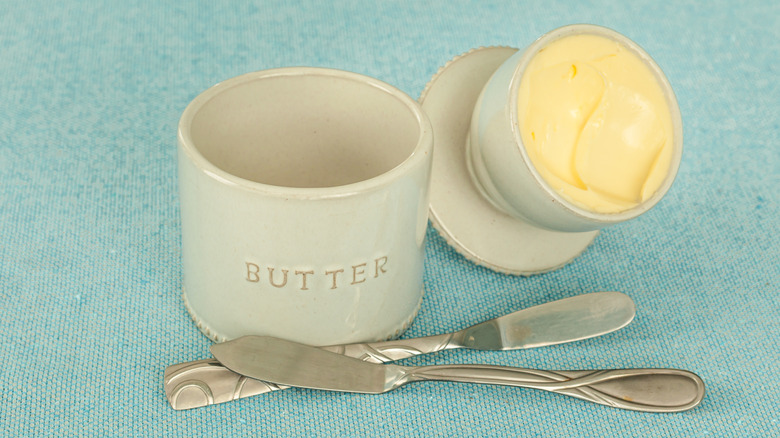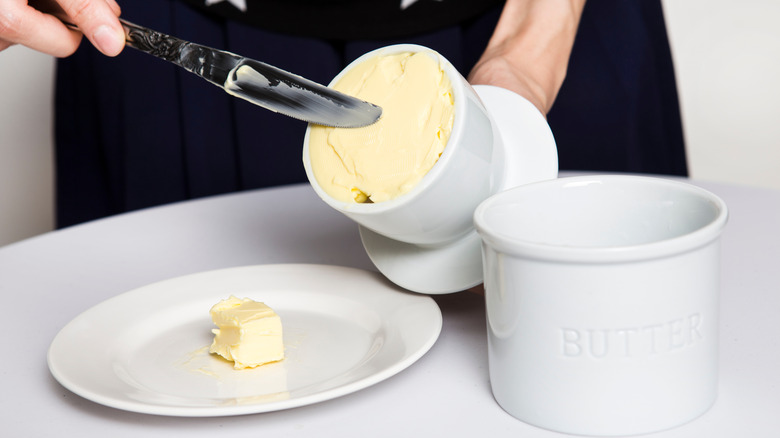What Exactly Is A Butter Bell And How Does It Work?
In my house growing up the most beloved kitchen technology we had worked without lights, buttons, or electricity. The butter bell, also known as a butter crock or French butter keeper, was a cornerstone in our kitchen. This simple little two-piece gadget keeps butter both fresh and completely soft, without any refrigeration. It means that every bread roll, slice of toast, or baked potato can be slathered with smooth butter and enjoyed immediately. The butter bell has a small jar-shaped base which is filled with water, and a bell-shaped lid where you pack in the butter. When inverted, the butter is sealed by the water, keeping it airtight so it doesn't go bad.
The butter bell's roots trace back to 16th-century France, where it was known as a beurrier, a clever ceramic invention used to preserve butter before refrigeration was commonly available. In modern kitchens, it's become a game-changer for butter lovers, no matter which brand they use.
The simple science of the butter bell
The butter bell works thanks to some surprisingly sophisticated science wrapped in an antique design. Its brilliance lies in creating an anaerobic environment – a space free from oxygen — which protects the butter from oxidation. Oxygen exposure is what leads butter to grow mold or go bad. Salted butter can be kept on your counter longer than unsalted, but the bell drastically extends that window of freshness for both.
The cool water in the crock also serves a second purpose: thermal regulation. The water's evaporation causes a slight cooling effect that helps keep the butter perfectly spreadable — but not melty. Water doesn't mix with butter (water and oil!) so it simply cools the butter without diluting it. This means the butter bell is an excellent option for any kind of butter, be it Irish, cultured, or goat butter, as long as it's not margarine — this will mix with the water and sadly fall apart in the crock.
To use your butter bell effectively, pack softened butter tightly into the lid, and fill the crock about half-way with fresh cool water. (Exactly how much water is something you will soon be able to eye-ball if you become a dedicated user.) Change the water every few days, and avoid over-softening before packing– you want soft butter not totally melted butter.


